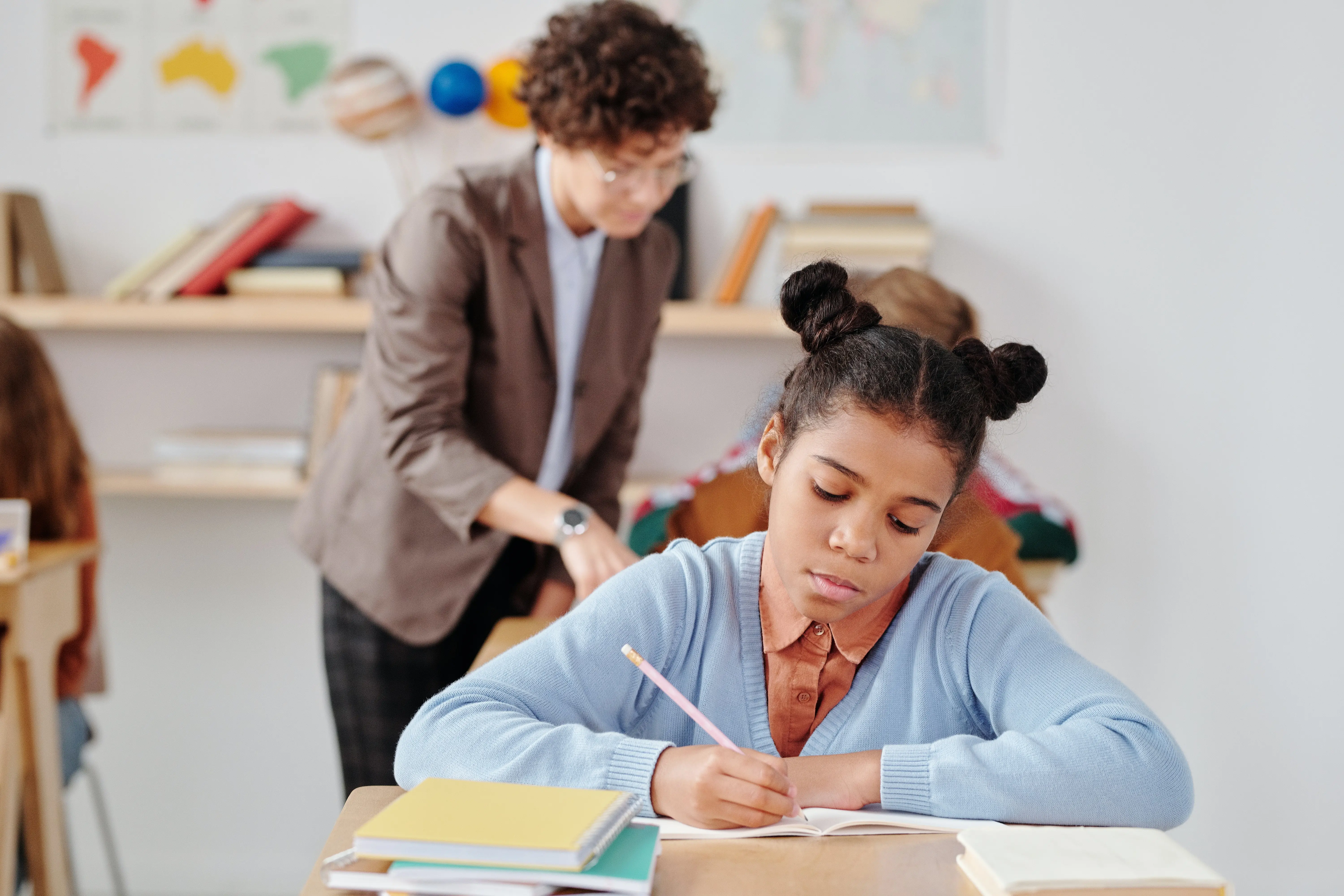
Education for children from Ukraine who cannot speak Dutch yet
Share on social media:
If you have fled from Ukraine and have children under 18 who do not speak Dutch yet, schools offer help so your child can learn Dutch and get a Dutch education.
Children have right to receive Dutch education
When you come to the Netherlands as a child, you have a right to education. Children are even obliged to go to school. This is stated in Dutch law. Every child in the Netherlands between the ages of 5 and 16 must go to school. Even if your child does not yet speak Dutch, your child is obliged to go to school. For these children there are special schools or classes.
Dutch education for children under 12
Is your child under 12 and does your child not yet speak Dutch? Then your child will attend a special primary school or a special class at a regular primary school.
Dutch education for children between the ages of 12 and 18
If your child is between the ages of 12 and 18, they will attend an international transition class (ISK). This is a special class at a secondary school. In such a class you learn the Dutch language. After about 1 year your child will then go to a regular class at a secondary school.
This is how the international class works in secondary school
When your child starts at ISK in secondary school, the school decides which level is best for your child. To do this, a meeting is held with you and your child(ren). This is done to avoid placing the child in a class that is too easy or too difficult. There are three learning levels at the ISK:
Learning level 1 At this level, children aged 12 to 16 are prepared for practical education or special secondary education. Children older than 16 are prepared for (supported) employment and integration.
Learning level 2 At this level, children aged 12 to 16 are prepared to receive education at VMBO-basic level. Children older than 16 are prepared for an MBO-1 or MBO-2 education.
Learning level 3 At this level, children aged 12 to 16 are prepared to attend education at VMBO-kader, VMBO-mixed course (gl), VMBO-theoretical course (tl), HAVO or VWO. Children older than 16 are prepared for an MBO 3 or 4 course, an HBO course (with a switch programme if more prior knowledge is needed) or a
The municipality provides a school for your children
If you live in a home or reception centre in the municipality and you and your children are covered by the Temporary Protection Directive, the municipality's contact person will help you find a school for your children in the town or municipality where you live.
Here is what you can do if your kids do not have a school yet
If you and your children have been in the Netherlands for more than three months, but your children do not have a school yet, ask the municipality or the reception centre if your children can go to school as soon as possible.
If your children are still not receiving an education, report this to a VluchtelingenWerk office or the municipality.